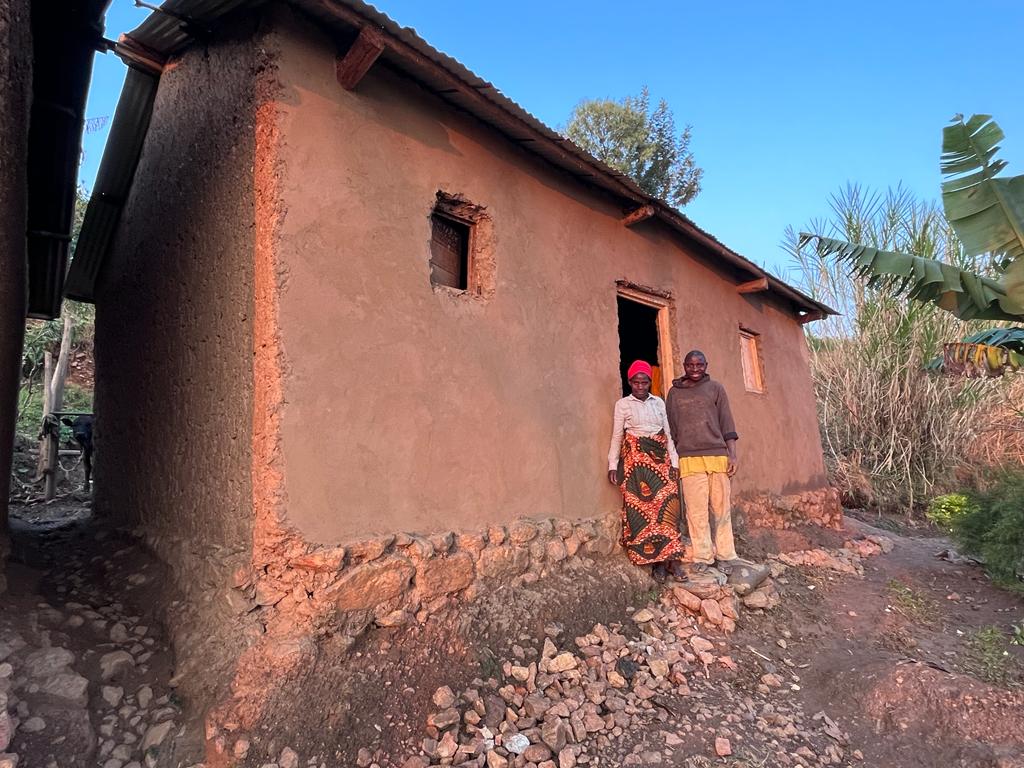Mount Nyiragongo, an active stratovolcano in the Virunga Mountain range, is a volatile and unpredictable neighbor of Goma and Gisenyi, two cities in the Democratic Republic of Congo and Rwanda. The volcano, which stands at 3,470 meters tall, has caused numerous disasters in recent years. In 2002, it left around 120,000 people homeless and killed 250 people due to asphyxiation, burns, and gas station explosions.
In May 2021, the volcano erupted again, destroying over 3,500 homes, seven schools, the city's main reservoir, and four health centers. An estimated 31 people died, and 232,433 people had to be evacuated from the region. The eruption was followed by intense tremors that damaged infrastructure, buildings, and homes. As of August 2022, the population had not received any compensation.
In 2022, project leader Catherine Meriaux submitted her team's findings to UNESCO on the interactions between Mount Nyiragongo, Lake Kivu, and the health of local communities in the aftermath of the 2021 eruption. Their study suggested that magma would likely flow towards Goma and Lake Kivu during the next eruption, based on the stresses driving apart the two tectonic plates and stresses related to topography. This aligns with the orientation and direction of the magma flow during the last two eruptions. Dr. Meriaux is based at the East African Institute for Fundamental Research hosted by the University of Rwanda, which operates under the auspices of UNESCO.
learn more

